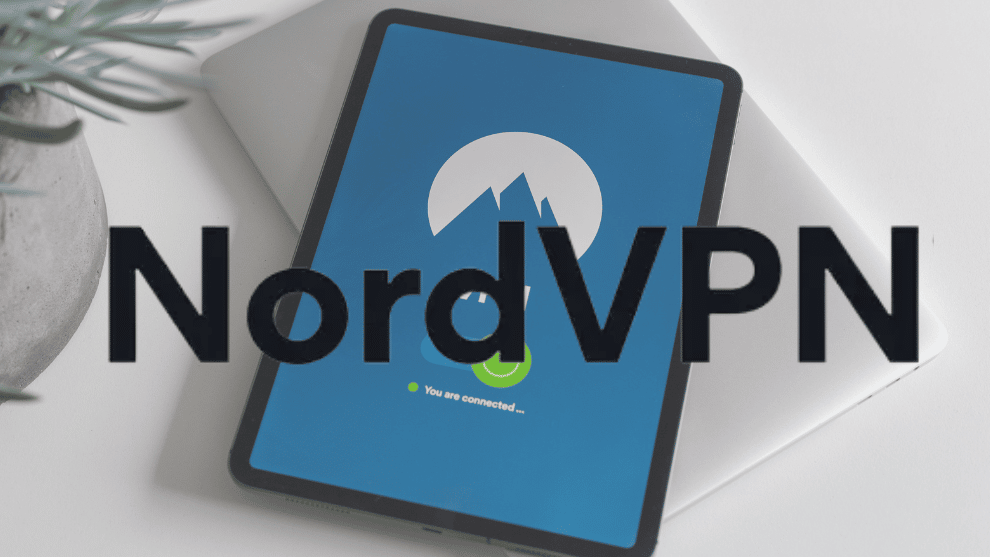Advantages of CMMS: understanding how it works
In the modern era of voice-recognized virtual assistants, self-driving cars, and smartphones, it’s foolish to do something as crucial as maintenance manually. Fortunately, there are CMMS software for that! The benefits of CMMS software go beyond maintaining functional equipment to providing a safer work environment and maximizing revenue.
A computerized maintenance management system (CMMS) centralizes and streamlines maintenance activities. It helps in managing available equipment and assets like vehicles, machines, communications and infrastructure. Let’s take a look at the benefits of CMMS software. This article explains what CMMS is and the benefits it offers.
Contents
What is a CMMS?
First, a quick overview. Computer-aided maintenance management systems include EAM (Enterprise Asset Management) software, CAFM (Computer-Aided Facility Management) software, and facility management software. One of the advantages of CMMS as a technology is that it helps to track the operations and maintenance activities of an organization.
Facilities management and maintenance teams can use a CMMS maintenance software to schedule work orders and maintenance, and locate tools, parts and supplies in your facility. Inventory management allows users to control inventory, and labor management facilitates the human resource management process. Some of its best features include maintenance and technician scheduling, preventive maintenance, work order management, inventory management, and asset management.
Main benefits of CMMS
CMMS tools offer a collection of modules that support different maintenance tasks. Here is an overview of some of the main benefits of CMMS:
Increase asset life and performance
The CMMS can track or record asset data, including date of purchase, expected life, warranty, specifications, maintenance activities, and service history. This data is stored in the asset profile for easy later access rather than having to search through paper files. The system also records service contracts, service history, additions, changes and spare parts.
Faster execution of work orders
Maintenance personnel can use CMMS software to schedule jobs and assign them to specific technicians. By organizing work orders into a stratified queue, everyone knows what tasks need to be done and who is responsible for them. When an issue is resolved, the person working on the issue can confirm that they have completed their assignment, and a manager is automatically alerted. Role-based access allows admins to limit work order closure to managers to ensure proper oversight.
Better inventory control
The software can also help organize and track inventory. Users can track special order items, location of parts and materials, and determine if items are stocked or not. You can also track inventory movement, including items that move between locations or inventory levels at a facility.


